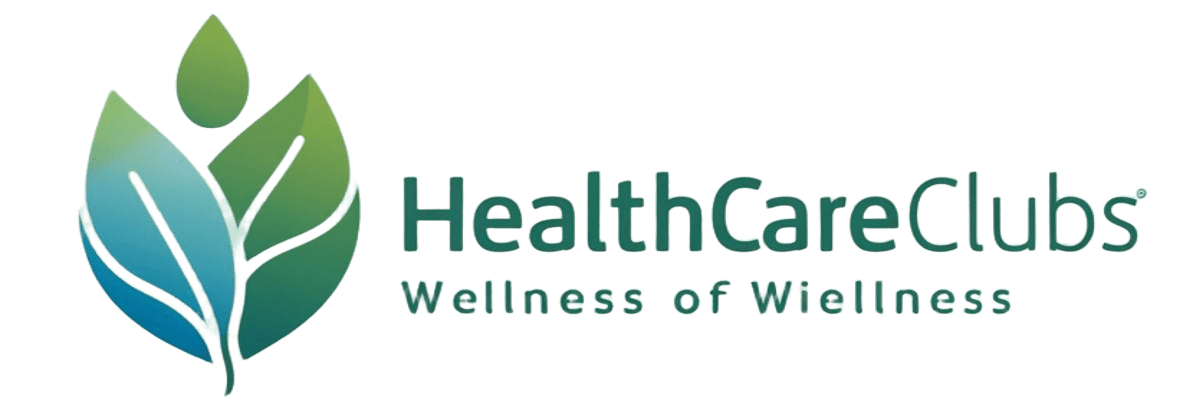Millions of people are afflicted by the dreaded symptoms of illness each year: runny nose, sore throat, fatigue, and perhaps a cough or fever. But how do you know whether you have a cold or the flu? Despite having many symptoms in common, colds and the flu are caused by distinct types of viruses that differ in their seriousness, length, and possible risks. It’s important to recognize the difference so that you can recover more quickly and not infect others.
In this article, we’ll outline all you need to understand about cold and flu symptoms, how both conditions develop, when you should consult a physician, and how to recover quicker.

WHAT CAUSES COLDS AND FLU?
There are many
The Common Cold
The cold is a mild viral infection of the upper respiratory system. It can be caused by more than 200 viruses, of which rhinoviruses are the most prevalent. Colds are very contagious and infect a person through aerial droplets, close person-to-person contact, or coming in contact with contaminated surfaces.
The Flu
Influenza or flu results from the influenza viruses that include Influenza A and Influenza B most frequently. The flu differs from the common cold because it may be more severe. Viruses of the flu change very rapidly, and that’s why a new flu vaccine must be released yearly.
Similarities Between Cold and Flu Symptoms
Colds and the flu share many symptoms, which is why they’re often confused. Common overlapping symptoms include:
- Stuffy or runny nose
- Sore throat
Due to the similarities in their symptoms, the two conditions are hard to distinguish without a test—especially in the early stages.
Key Differences Between Cold and Flu Symptoms
The principal differences are the intensity, onset, and the duration of the symptoms.
It’s
| Symptom | Cold | Flu |
|---|---|---|
| Fever | Rare or mild | Common, often high (100°F–104°F) |
| Fatigue/Weakness | Mild | Moderate to severe |
| Body Ache | Slight | Common and usually severe |
| Cough | Mild to moderate | Dry, persistent, and |
| Nasal congestion | Common | Sometimes |
| Sore Throat | Common | Sometimes |
Export to Sheets
However,

Cold Symptoms: What to Look For
Cold symptoms usually start a day or two after exposure to a virus. They are mild and include:
- Stuffy or runny nose
- Slight sore throat
- Minor fatigue
- Periodic cough
The majority of individuals recover within 7 to 10 days, though in some people the symptoms do persist longer.
Influenza Symptoms: What to Look Out
The symptoms of the flu develop very suddenly and are more severe. Symptoms of the flu are:
- Fever (often accompanied by chills)
- Significant weakness and fatigue
- Muscular or body pain
- Dry hacking cough
- Severe headaches
- At times, vomiting or nausea (in children more often)
Most flu symptoms resolve within 5 to 7 days, but the exhaustion and the cough may persist for as long as two weeks.
When Should You See a Doctor?
For the average healthy person, both the flu and colds can generally be managed in the home. But, consult a doctor if you have:
- Difficulty breathing or chest pain
- Prolonged fever for over 3 days
- Severe dizziness or weakness
- Symptoms that get better but rapidly deteriorate
- Dehydration (particularly in children or elderly people)
High-risk individuals—including older adults, young children, pregnant women, and those with underlying chronic illness or compromised immune systems—must also be particularly careful and might need to use medications for the flu.

Treatment for Colds and the Flu
Cold treatment
There isn’t a cure for the common cold, but the symptoms may be treated using:
- Rest and fluid intake: Sleep and liquids are important.
- Over-the-counter medication: Pain relievers, antihistamines, and decongestants are used to
- Warm liquids: Tea, broth, or soup may comfort the throat and sinuses.
- Humidifiers: Humidifying the air might ease congestion and cough.
Treatments for the Flu
For the flu, treatment approximates but in some cases includes other interventions:
- Antiviral medications (such as oseltamivir or Tamiflu): Shorten the duration of the flu when taken within the first 48 hours.
- Fever reducers and pain medications: Such as ibuprofen or acetaminophen.
- Bed rest: A Recovery Imperative
- Fluids: for preventing dehydration in case there’s fever or vomiting.
Avoid antibiotics—they only treat bacterial infections, not viral ones like the flu or cold.
Prevention: What to do to Stay Healthy
Although you cannot eliminate the risk of getting a cold or the flu altogether, there are basic habits that lower your risk dramatically.
1. Vaccinate Yourself
The flu vaccine is the best method to avoid the flu and its complications.
There is no vaccination for the common cold because of the many different viruses that induce it.
2. Practice good hygiene
- Wash your hands frequently using soap and water for a duration of 20 seconds.
- Don’t touch your face, particularly eyes, nose, and mouth.
- Use hand sanitizer in the absence of soap.
3. Boost Your Immune System
Eat a nutrient-rich diet, exercise regularly, get enough sleep, and manage stress.
4. Stay Away Close
Avoid close contacts with ailing people whenever possible.
To keep others from getting sick, stay home when you’re ill.
Cold or Flu? A Quick Symptom Checklist
If you are not sure what you are handling, ask yourself the following:
- Did symptoms appear suddenly?
- Yes → More likely the flu
- No → Probably a cold
- Are you experiencing a high fever and body pains?
- Yes → Probably the flu
- No or mild → Probably a cold
- Is your nose stuffy, accompanied by sneezing?
- Yes → Probably a cold
- No or minimal → Possibly the flu
- Are you very fatigued or feeling weak?
- Yes → More in line with the flu
Not sure? A doctor may do a quick flu test to establish the diagnosis.
The Bottom Line
Although the common cold and the flu share many similar symptoms, the two conditions vary in duration, severity, and onset. Colds are generally mild and self-limiting, whereas the flu might also have severe symptoms and result in complications—particularly among vulnerable individuals. The good news? In most situations, rest, water, and the passage of time will cure both. Understanding what you’re working with will enable you to do the right thing to recover more quickly—and keep those in your orbit safe.
Key Takeaways:
- Colds progress gradually, are less severe, and usually include sneezing and congestion.
- The flu comes on suddenly, produces a high fever and aching body, and is more severe.
- Stay home when you are sick and use good hygiene to avoid infecting others.
- Take your flu shot every year, particularly if you belong to a high-risk group.
![]()






